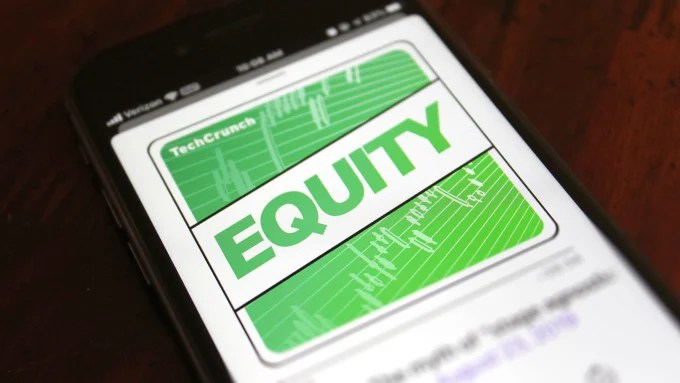The most important metrics for SaaS funding in 2024 | TechCrunch
Move over, TAM. There’s a new essential metric in town.
Over the years, I’ve reviewed thousands of data points from growing SaaS companies and identified growth indicators beyond the “highlights” that most VC firms look at — and ones that are more relevant to today’s scrupulous funding environment. The predictability of a startup’s viability and success goes deeper than total addressable market (TAM) — way deeper.
In the heyday of VC-backed growth, startups had to lock in just two key metrics to secure funding: TAM and revenue growth; the larger the better. But the downturn of early 2022 brought another priority to the forefront: sustainable growth.
It’s tricky because it’s not a single metric — it’s more of a movement.
In many ways, sustainable growth looks different across industries and products, but for the average SaaS company, it’s underpinned by one core concept: product scalability. In SaaS, scalability is measured through several metrics, including ARR (annual recurring revenue) per employee, R40 (Rule of 40), and more. We’ll get into that soon.
First, here’s where we take a moment to acknowledge that there are exceptions to every rule. Think revolutionary technologies where astronomical cash burn without a clear path to profitability is still allowed by equity investors. Today we’re focusing on metrics and business environments that apply to most SaaS companies — not the unicorn outliers.
Core performance benchmarks for increased fundability
SaaS’s scalability and unit economics make the industry attractive to VC investors. However, the “growth at all costs” mentality and the burnout of B2B marketing channels have tested investors’ conviction that startups have what it takes to make it to profitability and scaled success.
Today we’re focusing on metrics and business environments that apply to most SaaS companies — not the unicorn outliers.
Gross and net margins are great metrics to track. Still, investors are now looking at the fine print of these unit economics and ratios related to GTM (go-to-market) efficiency, an essential aspect of due diligence.
If you’re looking to fundraise in 2024, it’s important to know the metrics investors are assessing. These are the essentials:
- ARR per employee: This provides a clear picture of the efficiency of the business and the impact of each new employee, which becomes particularly important once the GTM team starts to scale. Here’s where AI automation of specific tasks can pay off. Success stories like Ramp, who reached +$100 million ARR with just 50 employees, show the possibilities and the high bar for SaaS companies.
- R40: The Rule of 40 is a primary predictor of success and ability to raise. While many startups in our portfolio have experienced a decline in growth velocity over the past 12 months, most have also seen an improvement in efficiency and margins. R40 — the idea that the highest-performing startups have profit margins and growth rates (profit + growth) that sum to more than 40% — is a great way to visualize those gains.



